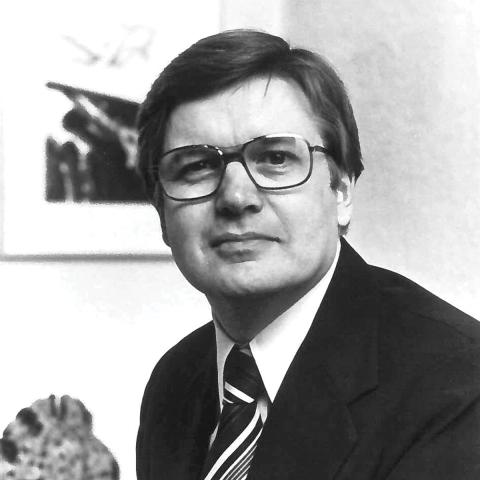Mobile carillons in the news and a new publication

The Carillon Academy of Lier, Belgium, offered a carillon summer course in July for beginning and intermediate levels as well as a masterclass for advanced students. The course was taught by Koen Van Assche and Geert D’hollander, with instruction on making carillon arrangements by Anna Maria Reverté. Lodging was in the abbey of Averbode.
Dick Gegner was honored Monday at Memorial Day ceremonies in the Village of Mariemont by being named Mariemont Citizen of the Year, by the Mayor and Council. Gegner has been the carillonneur of the Mary M. Emery Memorial Carillon in Mariemont, an eastern suburb of Cincinnati, Ohio, for 45 years.
Mobile carillons in the news
Dutch carillonneur Boudewijn Zwart took his mobile carillon to Ireland for a series of recitals in Cork City and St. Colman’s Cathedral in Cobh. The photos show the carillon being hoisted into the Blackpool Library in Cork for a series of children’s concerts, and Adrian Gebruers lending a helping hand for a budding carillonneur’s first rendition of “Twinkle Twinkle Little Star.” This attracted considerable media attention, including headline billing on Irish television’s peak-time news bulletins.
Cast in Bronze creator Frank DellaPenna commissioned the first mobile carillon ever to be constructed in the United States. The 35 bells on the carillon consist of 25 Petit & Fritsen bells and 10 Eijsbouts bells. Both bell foundries are in the Netherlands. Ewald A. Stellrecht, proprietor of ESE Machines in Coatesville, Pennsylvania, designed and build a keyboard, frame, and carillon action. Michael Shaffer of Bandara, Texas, constructed the wooden music rack. David Mars, owner of Texas Trans Am Service and Restoration in Fort Worth, Texas, custom-built the carillon trailer. The bourdon, inscribed to Anne and Frank DellaPenna, weighs 640 pounds. The batons (keys) are made from Lucite, which is more weather and rodent resistant than traditional wood. For the audience to visualize the carillon’s similarity with other keyboard instruments, the batons are purposefully colored black and white. The new carillon was inaugurated at Longwood Gardens, Kennett Square, Pennsylvania. DellaPenna created Cast in Bronze, a musical act employing his four-ton mobile carillon, over 20 years ago to bring the haunting beauty of the carillon to more listeners by demonstrating its versatility with other instruments. More info at castinbronze.com.
New publication
Publishing company Davidsfonds published a book by Luc Rombouts: Zingend brons. 500 jaar beiaardmuziek in de Lage Landen en de Nieuwe Wereld (“Singing Bronze. 500 Years of Carillon Music in the Low Countries and the New World”). The book gives a complete overview of the past and present of the carillon, starting with the first jingling bells in the Middle East, and ending with the present status of the carillon and the threats to and potential of the instrument in the future. It is written not only for carillon enthusiasts and specialists, but also to arouse interest for the carillon with the greater public. It contains no lists or inventories of carillons, but tells a story of development, flourishing and decline, of aspirations, successes, and disappointments.
Three chapters are devoted to the carillon art in North America: 1) “Memorial Bells,” about the English bell foundries and the creation of carillons in the Anglo-Saxon world between the two World Wars; 2) “Dutch production vs. Carillon Americana,” about the successes of the Dutch bell foundries after WW II and the struggle against electronic “carillons” in the USA and Europe; and 3) “American Beauty,” about the advent of the American carillon movement and the creation of a new carillon repertoire beginning in the 1950s.
Zingend brons is written in Dutch. It contains 460 pages and 230 full-color pictures.
Send items for “Carillon News” to Dr. Brian Swager, c/o The Diapason, 3030 W. Salt Creek Lane, Suite 201, Arlington Heights, IL 60005-5025; or e-mail brian@allegrofuoco.com. For information on the Guild of Carillonneurs in North America: www.gcna.org.



